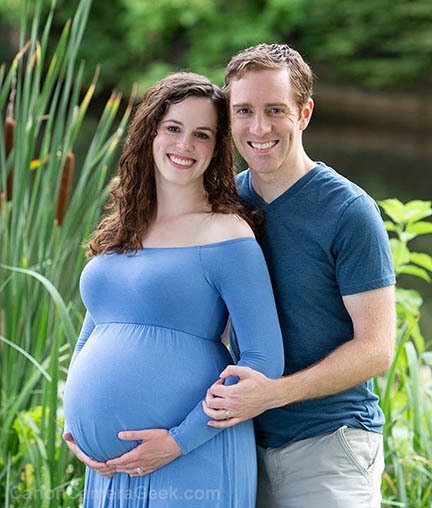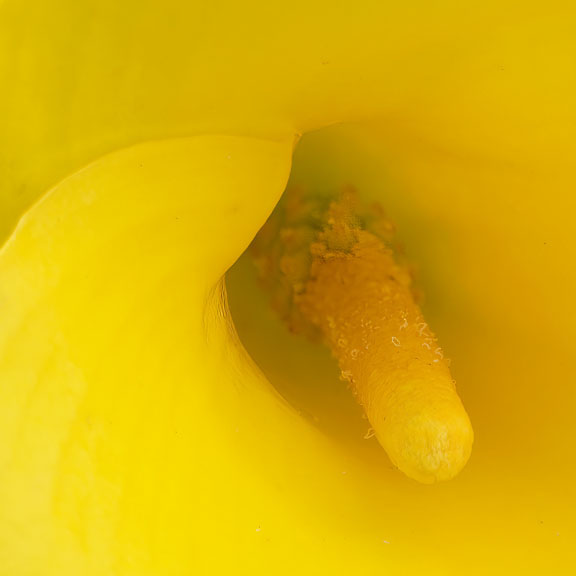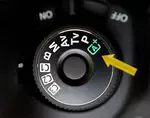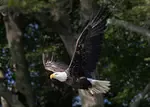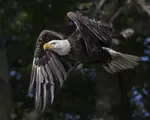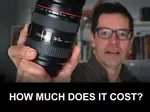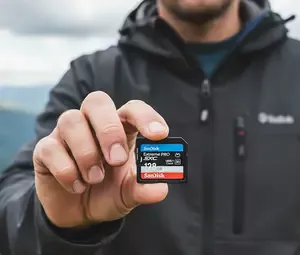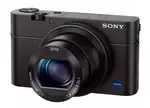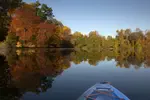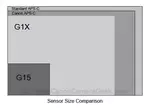Canon Aperture
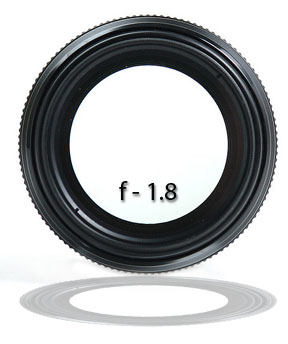 Canon Lens Aperture
Canon Lens ApertureCamera settings can be confusing, but this basic guide to Canon camera aperture will help you slice through the confusion. This post will help you understand what an aperture setting on your Canon camera is, what aperture priority mode is and explain why aperture is so important to control.
This post also includes a Frequently Asked Questions section (FAQ) and a short video from Canon that gives you a great explanation of aperture.
Knowing how and why to change aperture settings on your Canon will help you improve your photography and take better photos, and we all want that. First, we look at what lens aperture is.
What Is Aperture On a Canon Camera
Aperture is the size of the lens opening when light is allowed to pass through the lens, enter your camera and strike the sensor. Smaller apertures let less light into the camera and larger lens openings let in more light. We use f/stop numbers to describe the specific sizes of the lens opening.
F/stop numbers are at first confusing, but are easier to understand if you remember this one thing. Smaller apertures have bigger numbers and larger apertures have smaller numbers. That seems up side down, but f/stops area actually fractions.
You can think of it this way. The fraction 1/4 (f/4.0) is larger than the fraction 1/16 (f/16).
Aperture Scale
To help you see how aperture and f/stop number are related look at the diagram below. If no other camera settings are changed at the same time, you can see that exposure goes up with larger apertures.
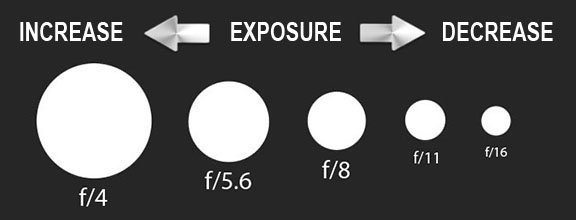 Smaller "f-stop" numbers are larger apertures.
Smaller "f-stop" numbers are larger apertures.An f/4 lens opening is much larger than an f/16 lens opening.
Why Aperture Is So Important
Aperture is important for several reasons. It makes a big difference in how much light can enter into your camera through the lens.
DEPTH OF FIELD. Using smaller apertures gives you greater depth of field, meaning more distance behind and in front of your focusing point will be in sharp focus as well.
 How aperture affects depth of field
How aperture affects depth of fieldSHUTTER SPEED. Aperture choice affects what shutter speed you use. If you narrow the lens opening, you'll have to use a slower shutter speed to allow enough light in for a proper exposure.
IMAGE QUALITY. Depending on the specific lens you're using, lenses do produce some loss of image quality and both ends of the aperture scale.
Adjusting The Aperture
If you've already done a little research on camera settings with your Canon, you've likely seen terms such as stopping down or opening up with regards to your Canon's aperture. Stopping down means reducing the light passing through your lens and opening up means enlarging the opening.
There are several different ways to set aperture and control the size of the opening in your Canon camera lens. The size affects how much light can enter the camera and hit the sensor in a given amount of time (shutter speed).
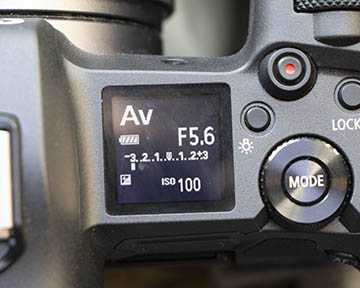 Aperture Priority on Top of Camera
Aperture Priority on Top of Camera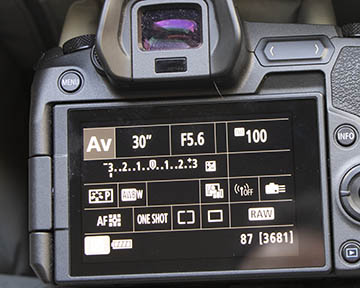 Aperture Priority on Camera LCD
Aperture Priority on Camera LCDThe aperture can be adjusted on your camera to make different sizes of lens openings and the shutter speed or the ISO can be adjusted at the same time so that the overall exposure does not change and you still get a well-exposed photo.
Canon Aperture Priority
Just like other modern DSLR and mirrorless cameras, Canon has both manual and automatic camera settings that controls the size of the lens opening. Aperture mode is one setting I use more than any other-more on that in a minute!
Whether it's called Canon aperture mode, aperture priority mode, or simply aperture priority, it's an auto-exposure (AE) setting where you set the f/stop number and the camera will select the right shutter speed to get a properly exposed photograph.
It's not a fully automatic setting where the camera does everything for you. Think of it as a semi-automatic setting where both you and the camera are involved.
Canon aperture mode is an automatic exposure mode where you set the aperture manually and the camera automatically determines the best shutter speed to use to give you a good exposure. Aperture priority is the best setting to use when you want to control what's in and not in focus in your photo.
What does aperture mode do? In addition to controlling the amount of light coming through the lens, it also gives you control of the range of things that will be in focus (depth of field) in your photo. On some cameras it's designated with a capitol A. On your Canon camera it's a capitol A and a small v like this Av.
When You Should Use Aperture Mode
There are certain situations where using aperture mode makes perfect sense and other times when you'll want to avoid using it. The three most common photography situations where aperture mode is preferred are when you're shooting portraits, landscapes, and macro photography.
1. Use Aperture Mode For PORTRAITS
Use aperture especially with portraits of individuals (or an expecting couple), where you want your subjects to be in sharp focus and your background to be pleasantly out of focus.
You can use aperture mode and a low f/stop to blur the background. Notice this maternity portrait.
These parents-to-be were positioned so that their eyes are the same distance from the camera.
Using aperture priority mode, a telephoto lens, an f/stop of f/3.5 and focusing accurately on their eyes insures they'll be sharp and the background will blur nicely.
Aperture mode is also a good fit for using when you're photographing a larger group, but for the opposite reason. You want everyone to be in sharp focus.
 Smaller aperture to get everybody in focus.
Smaller aperture to get everybody in focus.If you're photographing a large group of people and some are close and some are more distant from the camera, you need to "stop down" to a smaller lens opening to increase that depth of field so that all of your subjects are in sharp focus.
2. Aperture Priority For LANDSCAPES
Many landscape photographs include objects that are close to the camera as well as far away that you want to be in sharp focus. Set your aperture to a small opening, typically f/16 or smaller, and everything in your landscape photo will be in sharp focus. See the example below.
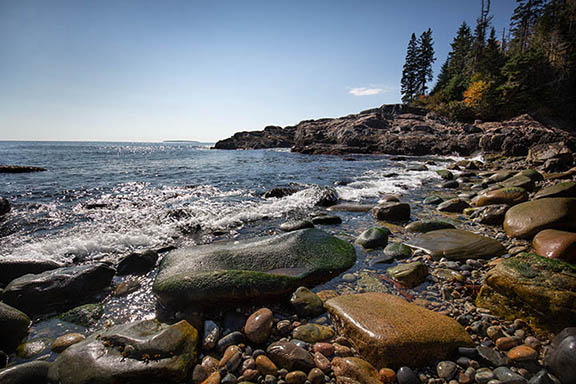 Aperture was set to f/13 to have everything in focus.
Aperture was set to f/13 to have everything in focus.16mm wide angle lens.
Including near and far objects in a landscape photograph creates a visual pathway for your eye to travel. I wanted everything to be in sharp focus in the photo above. The super wide angle lens creates a strong perspective.
There are also other situations in landscape photography where you want to visually separate your subject from either the foreground, background or both by limiting the sharp focus area to just your main subject.
See the example below of what happens when you use a large aperture for photographing a close-by subject with a distant background.
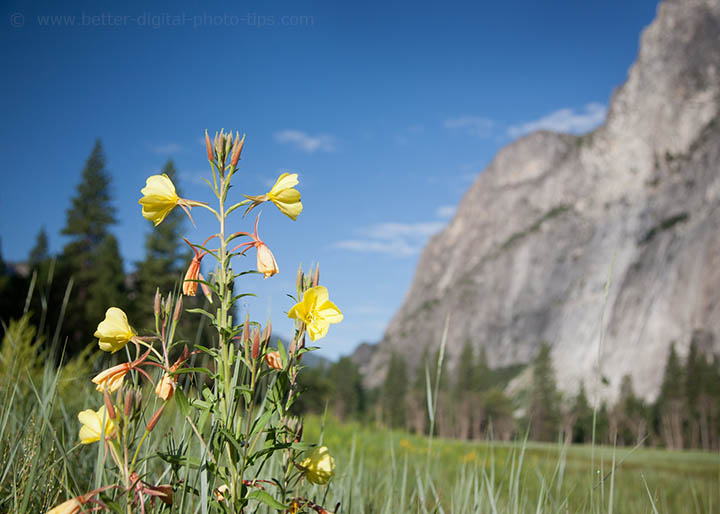 I used a large aperture to blur the background
I used a large aperture to blur the backgroundWhile doing some landscape photography at Yosemite, I took a different approach at photographing the often photographed El Capitan. I decided to make it the background and put the focus on the yellow flowers contrasting with the beautiful blue sky. I used aperture priority and a large aperture.
For an additional popular setting for shooting landscapes see the post on Canon Picture Styles.
3. MACRO PHOTOGRAPHY And Aperture Control
When shooting macro photography the depth of field is extremely limited. Sometimes you may want that effect for creative purposes. In other situations you may want to "stop down" all the way to the smallest possible aperture (largest f/stop number) to get as much depth of field as possible.
In the photo above I wanted to get the entire pistil (center part) of the flower in focus, so I used aperture priority with the aperture set to f/18.
When shooting macro photographs it's a good idea to use aperture priority and take several different f/stop setting versions of your composition and look to see the different effect you get with each different aperture. You'll get a nice variety of background and foreground blurring.
When Not To Use Aperture Mode
There are times when using shutter priority or manual mode make more sense than keeping your Canon camera set to aperture priority mode. These include situations where the length of the expoure is the most important setting to control
1. No For SPORTS/ACTION PHOTOGRAPHY
Aperture priority is generally not used when you want to use a shutter speed that is fast enough to freeze the action. Each specific type of sport or speed of the action has a corresponding shutter speed need to eliminate blur from motion.
Generally for sports, action, and rapidly moving wildlife (including birds in flight) you'll want to set your camera to shutter priority mode and set the camera at a specific speed. For recommended speeds see the article on shutter mode.
Of course, when you want the fastest possible shutter speed and the conditions are not the brightest, you can open your aperture to its maximum widest aperture to maximize the shutter speed under the lighting conditions you're presented with.
2. UNIQUE LIGHTING PHOTOGRAPHY
When you're shooting indoor photos with flash as the main light source aperture priority is not a good setting to use. Shooting outside photos when it's dark is also not a good time to use aperture mode.
Manual exposure is the better choice for nighttime photos and you're usually using a tripod becasue of the longer shutter speeds required.
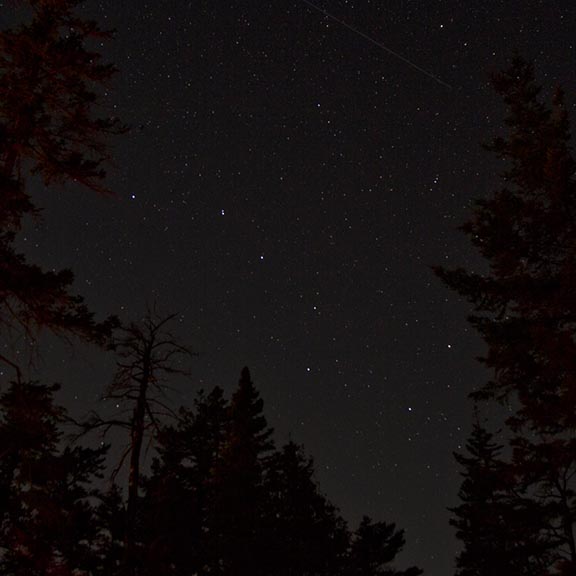 I shot this photo of the Big Dipper at f/4 for 25 seconds.
I shot this photo of the Big Dipper at f/4 for 25 seconds.3. LONG EXPOSURE
Don't use aperture priority when you're shooting long exposures for creative effects. You'll want to use either shutter priority or manual mode. In these shooting situations you want to control the exact shutter speed for the specific effect you're going for.
For instance, I shoot waterfall exposure for between 1 and 10 seconds depending on the amount and flow rate of the cascading water in my composition. You have to use "bulb" mode when star trails where exposure can be several minutes or more long. Aperture priority has a maximum shutter speed of 30 seconds.
How To Change Aperture On Your Canon
In order to change your aperture setting on your Canon camera you need to know where it is. Then it's simply a matter of rotating a dial or a wheel, or touching the right spot on the LCD panel on the back of your Canon.
Aperture Q&A
Do professional photographers use aperture priority mode?
Do professional photographers use aperture priority mode?
Yes, aperture mode is a favorite camera setting for pro shooters, especially portrait photographers and landscape photographers
Is aperture priority mode a good setting for beginners?
Is aperture priority mode a good setting for beginners?
Aperture mode is great for beginners who want to learn how to use focus to their advantage. Photographing friends and family is one of the most enjoyable subjects to start with and using aperture priority with a large lens opening is good for putting the emphasis on the people and not the background.
What is the main disadvantage of using aperture?
What is the main disadvantage of using aperture?
When you stop down to a very small aperture you're cutting down the amount of light that can come through the lens. You may get motion blur from the resulting slow shutter speed. Not all, but some lenses have poor image quality at their widest open settings.
To combat the motion blur you could raise the ISO, use a tripod for stationary subjects, or add flash to your lighting.
Does aperture affect quality?
Does aperture affect quality?
Yes, the lens aperture you choose to use can have an effect on image quality. All other factors being equal, the best image quality for most lenses is usually attained when a lens is stopped down two or three f/stops from the maximum aperture.
This varies a lot from one lens to the next, but generally speaking prime lenses and professional lenses have less image quality degradation at the highest and lowest f/stops than consumer grade lenses with zooming.
Canon Aperture Video
Canon produced this short, but helpful video on aperture. It starts right away with the goo information and avoids the fluff in the beginning. Enjoy!
I hope this post was helpful in explaining why aperture is so important and when you should use aperture priority as a setting. Keep your curiosity high and have a blast shooting your Canon.

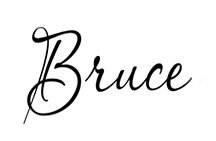
Bruce Lovelace is the publisher of Canon Camera Geek. Read more about him on the About Page. He also publishes how to articles and camera gear reviews at the Photography Tips website.
View some of Bruce's photos on Instagram and Flickr. Join the tribe of followers on YouTube. Bruce also runs photo workshops and provides 1 on 1 digital photography coaching.
Recent Articles
-
Choose the Right Memory Card for Your Canon R6 Mark II: Speed And Size
Nov 05, 25 02:04 PM
R6 Mark II Memory Card -
Canon G1x Mark II vs G1X-Side By Side Comparison of Canon G1X Cameras
Oct 22, 25 08:35 AM
G1 X Mark II vs. G1 X: Is the New Version a HUGE Leap... Or a Massive Mistake? Canon responded to the criticisms of the original G1X. Canon G1X Mark II vs G1X -
Sony RX100 III vs G1x Mark II by Canon. Side by Side Comparison
Oct 22, 25 08:07 AM
It's another one of those epic camera battles, this time not the Canon vs Nikon but rather the RX100 III Vs G1X Mark II battle. -
Canon R6 Mark II FAQ. Answers To All of Your Canon R6 M2 Questions
Sep 01, 25 07:51 AM
There's a lot you can easily learn about Canon's mirrorless R6 Mark II camera. Get your questions answered in this R6 Mark II FAQ -
Canon G1X Sensor Size. What Are The Specs on The Canon G1X Sensor
Aug 26, 25 11:39 AM
Here is a comparison of the Canon G1X sensor size with the rest of the "G" series Canon cameras
This page may contain affiliate links that pay me a small commission. There is no cost to you. Review the affiliate statement at the very bottom of this page if you want more information.
